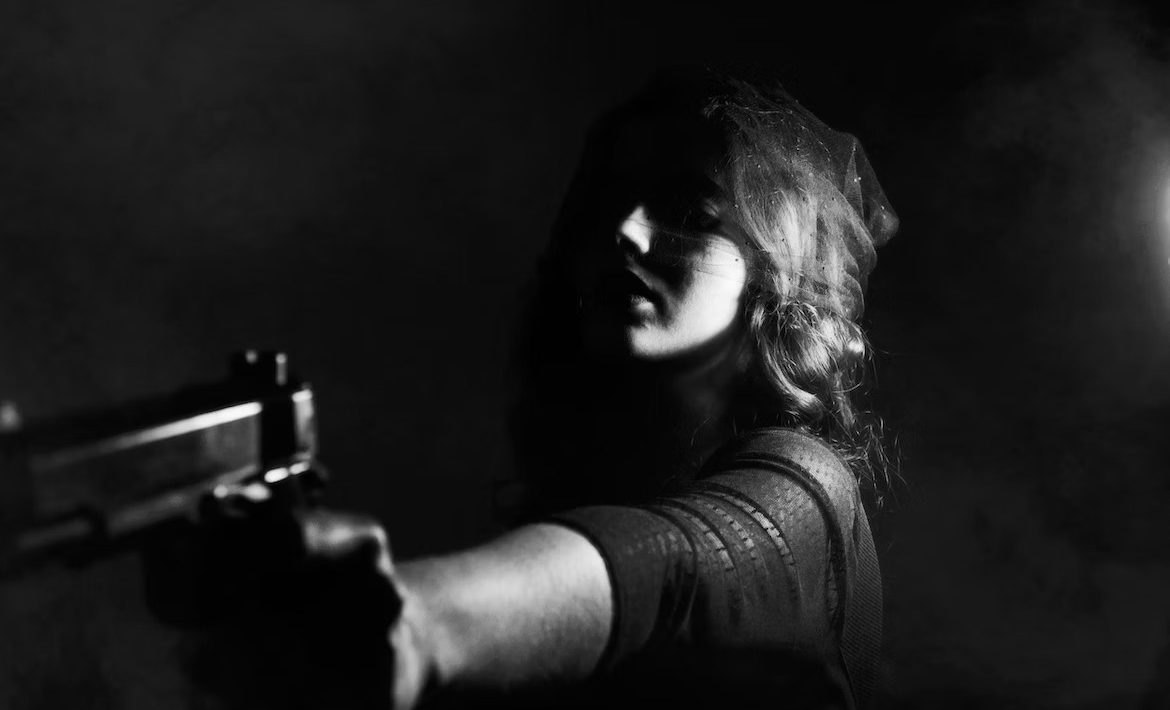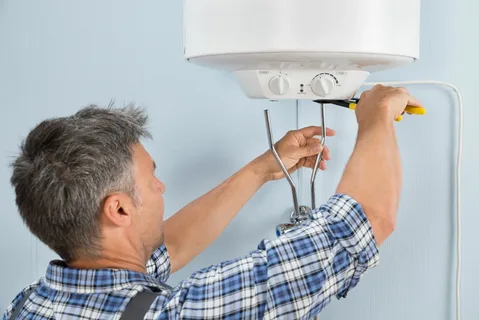Today, the term film noir brings to mind a sense of fear, drama, and darkness often associated with crime and thriller films. However, this style of storytelling is not limited to the world of cinema. In fact, film noir photography is a distinct style that can be used to convey a particular type of narrative. In this article, we will explore some tips and techniques for creating compelling film noir photographs.
There is also an important point that needs to be mentioned before getting started. In film noir photography, image noise reduction is an important aspect that can help enhance the mood and atmosphere of the image. Since this genre is characterized by dark and moody lighting, an AI photo editor like Luminar Neo can help reduce the noise that may be present in the image due to the use of high ISO settings.
Table of Contents
Starting with the Basics: What Is Noir in Photography?
First of all, of course, we have to look at the main aspects that characterize this genre. We are now talking about a black-and-white style of photography that originated in the 1940s and 1950s. It is characterized by dark and moody lighting, high contrast, and the use of shadows to create a sense of mystery and suspense.
Film noir photography is often associated with the movie genre, which was popular during the same era and also featured dark, shadowy scenes. Some of the key features of this style include:
- Dramatic lighting with sharp contrasts between light and dark areas. This is achieved by using strong directional lighting with deep shadows and bright highlights.
- Using only a small amount of light on the subject leaves the rest of the scene in shadow.
- Strong diagonal lines, deep shadows, and unusual camera angles create a sense of tension and unease.
- Shadows can be used to conceal or reveal elements of the scene, creating a sense of mystery and intrigue.
- Photographers often emphasize the subjective experience of the viewer, using techniques such as blurred focus, reflections, and distorted perspectives to create a sense of disorientation.
- Noir also features gritty urban landscapes and dark, moody portraits. The subject matter often focuses on the darker aspects of human nature.
As you have already noticed, this is an unusual genre borrowed from post-war cinema. Nevertheless, there should be no noise in the photos. This is a very important aspect because you often have to work with high ISO values, but there is a way around it. You can simply use the Denoise AI tool in Luminar Neo to preserve all the details and get a really perfect black-and-white noir-style image.

How to Create Amazing Film Noir Photography
So, are you really inspired by this genre and want to work with it a bit? Now we’re going to reveal a few secrets that will help you achieve an amazing effect. By following these tips, anyone can create their own film noir-inspired images and capture the timeless look and feel of this iconic style.
Use of Fog and Smoke
This genre is often characterized by the use of fog and smoke, which can add to the overall mood and mystery of the scene. This technique is particularly effective when used to obscure a character or object, adding to the sense of danger and uncertainty.
However, don’t forget that the photo needs to be detailed. To get the perfect shot in post-production, simply use an editor with a noise-reduction for photo tool. If you don’t have time to learn Photoshop but still want to achieve the perfect effect, Luminar Neo is the best solution.
Right Camera Angles
Camera angles are important in film noir photography because they can create a sense of unease or tension. For example, low-angle shots can make a character appear larger and more imposing, while high-angle photos can depict a character as smaller and more vulnerable.
Using Shadows
One of the key elements of film noir photography is the use of shadows to obscure parts of the scene or create a sense of foreboding. They were also used to highlight specific areas of the image, such as a character’s face or a weapon. Shadows are also a way for you to add a sense of depth and dimensionality to the image.
Low-Key Lighting
To create the look of film noir photography, photographers would often use low-key lighting, which involves using minimal light to create dramatic shadows. They would also use high-contrast presets, which would exaggerate the difference between bright and dim areas of the image. In addition, you can try a narrow depth of field to create a sense of isolation or separation between the subject and the backdrop.

The Best Set Design
The set design in film noir photography is often just as important as lighting and camera angles. The main locations are typically urban and gritty, with dark alleys, smoky bars, and run-down apartments. These settings help create a sense of danger and add to the overall mood of the scene. At the same time, characters often wear dark, tailored suits or trench coats.
Also, to achieve the desired mood and atmosphere in a noir film genre, removing noise from images is crucial to creating a clear and sharp picture. Now Luminar Neo lets you do post-processing in a few clicks and save a seemingly bad shot.





